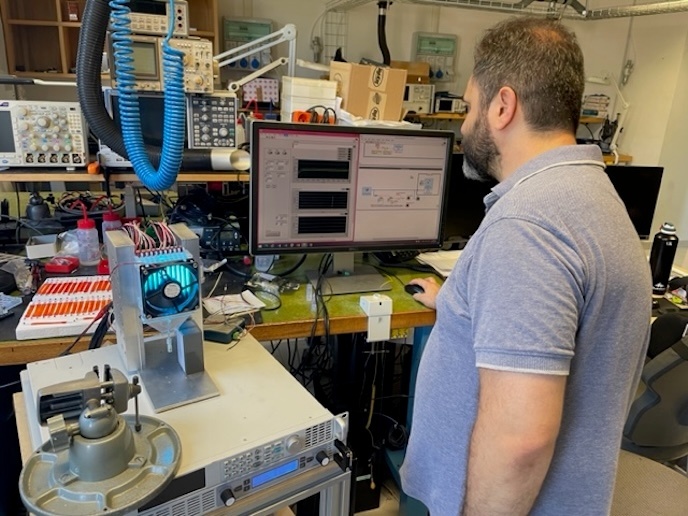Novel host factors against Staphylococcus aureus infection discovered
Staphylococcus aureus(opens in new window) (S. aureus) is responsible for a broad range of community and hospital acquired infections including endocarditis and pneumonia. It is the second leading cause of deaths associated with antimicrobial resistance(opens in new window). Once considered an extracellular pathogen, accumulating evidence(opens in new window) indicates that S. aureus can be internalised and replicate in non-phagocytic cells. However, the host factors sustaining its intracellular lifecycle are largely unknown.
Molecular insight into bacteria-host interaction
To facilitate a better understanding of the complex host-pathogen interplay and determine the factors that may lead to bacterial resistance, the miRs4Staph project focused on microRNAs(opens in new window). MicroRNAs are a well-studied class of small genome-encoded non-coding RNAs that play a pervasive role in the post-transcriptional control of eukaryotic gene expression. “Among many other pathways, microRNAs have been shown to be major regulators of the interplay between the host and bacteria(opens in new window),” highlights project coordinator Ana Eulalio. By regulating gene expression, host microRNAs can modulate different cellular processes that may interfere with this interaction. However, a comprehensive analysis of host microRNAs during infection by S. aureus is missing.
The role of microRNAs in S. aureus infection
The research was undertaken with the support of the Marie Skłodowska-Curie Actions(opens in new window) (MSCA) programme and involved genome-wide screening for microRNAs implicated in S. aureus infection. The team employed fluorescence microscopy to test the effect of more than 2 000 human microRNAs. They also characterised the role of selected microRNAs during infection in detail and determined which of the distinct stages of S. aureus infection cycle are affected by specific microRNAs, namely invasion of host cells, escape into the host cytoplasm and/or bacterial intracellular replication. “The project led to an unprecedented understanding of the role of microRNAs in the interaction between S. aureus and host cells,” emphasises MSCA research fellow Laura Maria Alcantara. Specifically, the team identified a subset of microRNAs that strongly determine the outcome of infection by S. aureus. This means that certain microRNAs exhibit a pro-infective profile leading to higher intracellular replication while others lower infection and/or replication.
miRNAs with clinical significance
The miRs4Staph project went a step further and validated the identified microRNAs in a panel of S. aureus clinical isolates from distinct clinical manifestations including bone/joint infections, infective endocarditis, and bacteraemia. This added clinical significance to the work and is expected to facilitate the translation of project findings into practice. The team plans to further investigate some of these microRNAs to understand, at the molecular level, the direct targets responsible for the infection phenotype. Antimicrobial resistance is a major health concern around the world that requires novel strategies to tackle pathogens and the associated morbidity and mortality. The knowledge obtained during miRs4Staph on host factors relevant for S. aureus infection may potentially reveal novel targets to therapeutic intervention. This is expected to pave the way towards the development of novel antimicrobial therapies that are based on targeting the host, rather than this highly adaptive pathogen.







